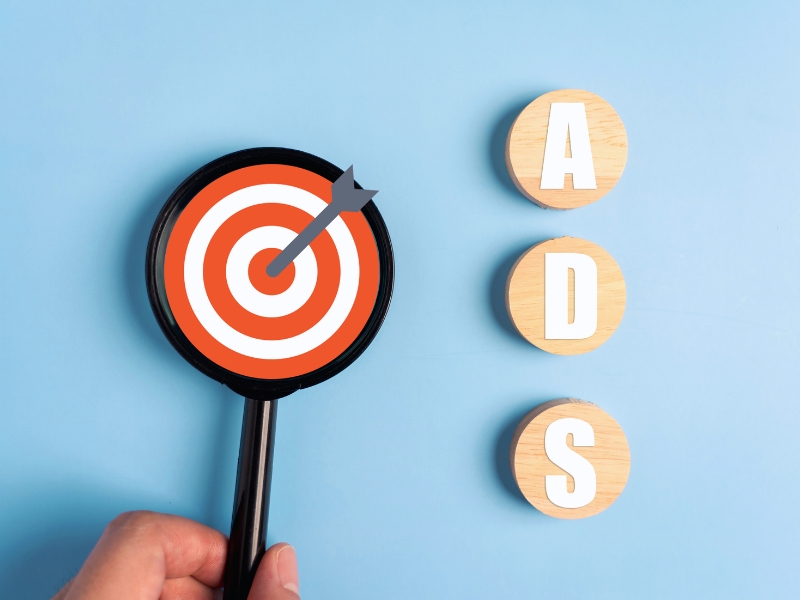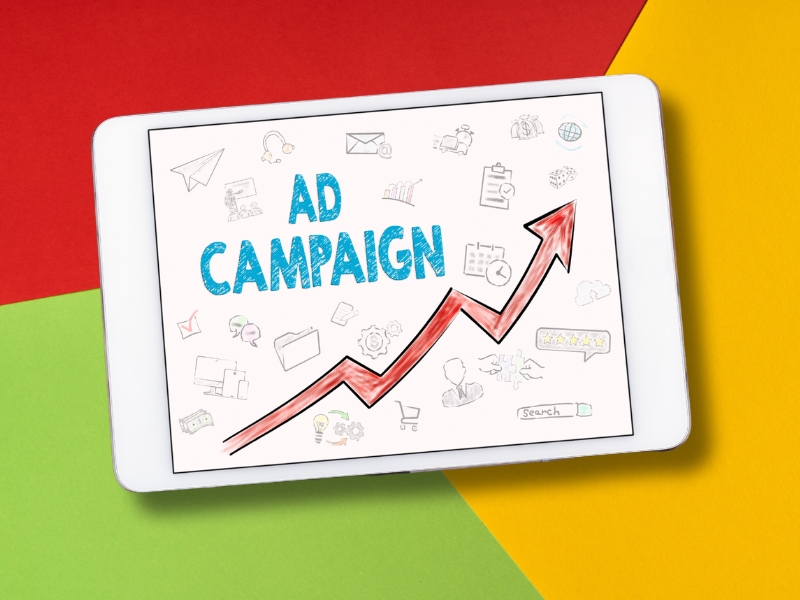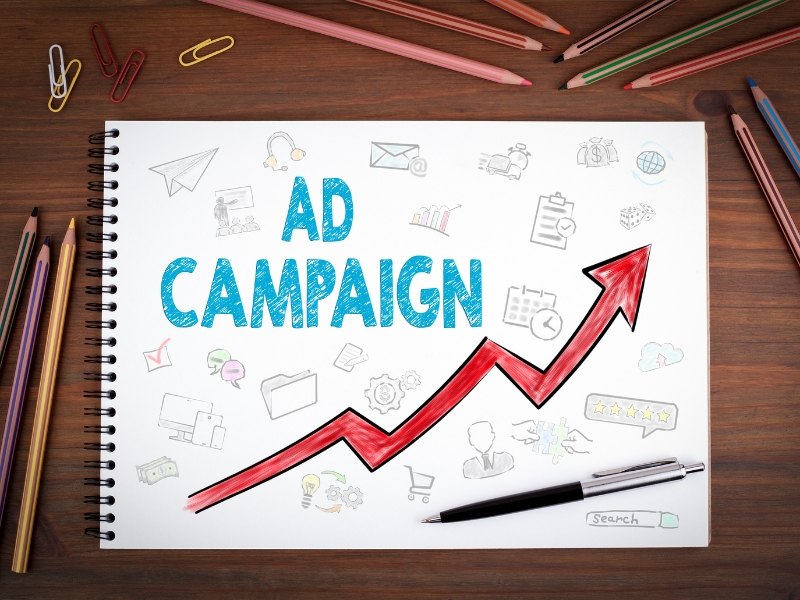When you dive into the world of Google Ads Reports, you quickly realise how essential audience targeting is. It’s not just a fancy buzzword. It’s a cornerstone of successful digital marketing. Think about it. You wouldn’t pitch surfboards to someone in the Outback.
Similarly, your ads might need proper audience targeting to shout into the void. Audience targeting ensures your ads reach the right people at the right time. It’s like having a GPS for your marketing efforts.
Audience targeting allows you to refine your reach and ensure every dollar spent is an investment in potential conversion. This precision leads to better ad performance and a higher return on investment (ROI). Explore why audience targeting is crucial in Google Ads Reports and how it can transform your advertising strategy.
How Does Audience Targeting Improve Google Ads Report Accuracy?
Audience targeting enhances the accuracy of your Google Ads Reports in several ways:
- Refined data analysis: Your Google Ads Reports will reflect more relevant data to your goals when you target specific audiences. This means you can analyse performance metrics to better understand what works and what doesn’t—no more guessing games.
- Customised metrics: By focusing on particular demographics or interests, you can customise your metrics to match your campaign objectives. Whether age, location, or online behaviour, tailored metrics help create more effective strategies.
- Reduced wastage: Broad targeting can lead to much wasted ad spend. With precise audience targeting, you minimise this wastage, ensuring your budget is used efficiently. Every click and impression counts towards reaching potential customers.
Audience targeting fine-tunes your data, leading to more accurate and insightful Google Ads Reports. This precision helps in making informed decisions and tweaking campaigns for better results.
Why Should You Use Audience Segmentation in Your Google Ads Report?
Audience segmentation offers numerous benefits that can enhance your Google Ads Reports:
- Enhanced Personalisation: When you segment your audience, you can personalise your ads to cater to different groups. Personalised ads resonate more with viewers, leading to higher engagement and conversion rates.
- Better Insights: Segmentation allows you to understand how different audience groups respond to your ads. This insight is invaluable for optimising future campaigns and tailoring your approach to other segments.
- Improved Ad Relevance: By targeting specific segments, your ads become more relevant to the viewers. Relevant ads are more likely to be clicked on, reducing the cost per click (CPC) and increasing the overall efficiency of your campaigns.
Using audience segmentation helps you craft personalised experiences for your audience. This approach enhances engagement and provides deeper insights into consumer behaviour, leading to better campaign performance.
What Are the Best Practices for Audience Targeting in Google Ads Reports?
Implementing best practices in audience targeting can significantly boost the performance of your Google Ads campaigns:
- Understand Your Audience: Start with thorough research. Know who your ideal customers are, their interests, and their online behaviour. This knowledge is the foundation of effective audience targeting.
- Utilise Google’s Tools: Google Ads offers various tools for audience targeting. Use features like in-market audiences, custom affinity audiences, and similar audiences to refine your targeting strategy.
- Test and Optimise: Always be testing. Create multiple ad groups targeting different audiences and monitor their performance. Regularly analyse your Google Ads Performance Report to see what’s working and what isn’t.
- Exclude Irrelevant Audiences: Don’t just focus on who to target. Also, identify who not to target. Excluding irrelevant audiences can significantly improve your ad performance by reducing wasted impressions and clicks.
By following these best practices, you can optimise your audience targeting efforts. This optimisation leads to more effective campaigns and a better understanding of how your ads perform with different segments.
How Can Audience Targeting Increase ROI in Google Ads Reports?

Audience targeting can significantly increase your ROI in Google Ads Reports by focusing your efforts where they matter most:
- Higher conversion rates: Targeted ads are more likely to convert. When your ads are relevant to the audience, they are more inclined to take the desired action, whether purchasing, signing up for a newsletter, or downloading an app.
- Cost efficiency: Your ad spend is utilised more effectively with precise targeting. You’re paying for clicks and impressions, which are more likely to result in conversions, leading to a lower cost per acquisition (CPA).
- Enhanced user experience: Targeted ads provide a better user experience. When people see ads relevant to their interests and needs, they’re more likely to engage positively with your brand.
- Better Ad quality scores: Google rewards ads relevant to the audience. Higher quality scores lead to better ad placements and lower costs per click.
Audience targeting significantly boosts your ROI by increasing conversion rates and enhancing user experience. This approach ensures every dollar spent on your ad campaign contributes to achieving your marketing goals.
How Can You Continuously Improve Audience Targeting in Your Google Ads Report?
Continuous improvement in audience targeting is essential for maintaining the effectiveness of your Google Ads campaigns:
- Regular analysis: Consistently review your Google Ads Performance Report. Look for trends and patterns that can provide insights into which audience segments are performing well and which aren’t.
- A/B testing: Run A/B tests to compare different targeting strategies. Experiment with demographics, interests, and behaviours to see what resonates best with your audience.
- Feedback loop: Integrate customer feedback into your targeting strategy to create a feedback loop. Use surveys, reviews, and direct feedback to refine your audience segments.
- Stay updated: Digital marketing trends change rapidly. Stay updated with the latest trends and adjust your targeting strategy accordingly. Keep an eye on new features and tools offered by Google Ads.
Continuous improvement is critical to maintaining the effectiveness of your audience targeting. Regular analysis, testing, and feedback integration help keep your targeting strategy fresh and relevant.
Integrating Third-Party Tools
Integrating third-party tools can enhance your audience targeting strategy in Google Ads:
- Advanced analytics: Tools like Google Analytics and SEMrush provide deeper insights into your audience. These tools can help you understand consumer behaviour and refine your targeting strategy.
- Customer Relationship Management (CRM): Integrate your CRM system with Google Ads to leverage customer data. This integration helps create more personalised and targeted ads.
- Social media insights: Platforms like Facebook and LinkedIn offer detailed audience insights. Use this data to complement your Google Ads targeting efforts.
- Remarketing tools: Use remarketing tools to target users who have previously interacted with your website. These users are more likely to convert, making remarketing a powerful tool for improving ROI.
These tools provide additional data and insights, helping you refine and optimise your targeting strategy further.
Future Trends in Audience Targeting for Google Ads
Advances in AI and machine learning will provide even more precise targeting options. Staying updated with these trends will be crucial for maintaining a competitive edge in digital marketing.
Encouraging Implementation of Audience Targeting
To truly optimise your Google Ads campaigns, it’s essential to implement robust audience targeting strategies. If you’re ready to take your ads to the next level, optimise your Google Ads with Warren Digital. Our team of experts will help you refine your targeting strategy, ensuring every ad dollar is well spent.
Incorporate audience targeting in your Google Ads Reports today. Watch your engagement and ROI soar with more relevant and personalised ads.



